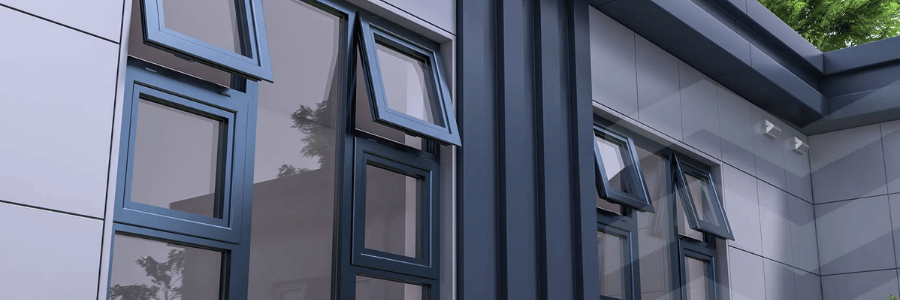When it comes to maximizing space in small rooms, every inch matters. Whether you’re working with a cozy bedroom, compact kitchen, or snug living area, finding ways to make the most of your limited space can be a challenge. Enter top-hung windows—an innovative design that not only saves space but also offers enhanced ventilation and natural light. In this post, we’ll explore the many benefits of top-hung windows and why they are the perfect solution for small rooms.
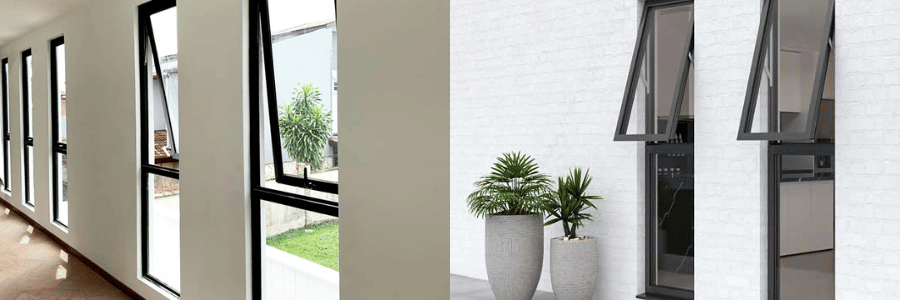
What Are Top-Hung Windows?
Top-hung windows are a type of casement window that opens outward from the top. Unlike traditional windows that swing open from the side, top-hung windows feature a hinge at the top, allowing the window to tilt open like a canopy. This unique design makes them ideal for spaces where floor space is precious or where you want to create a more flexible, airy feel without compromising on natural light.
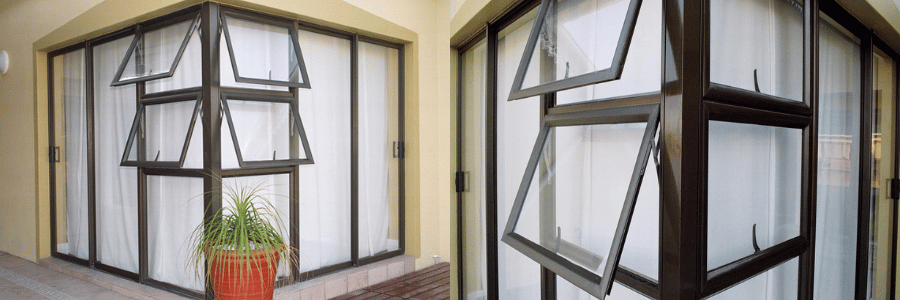
Perfect for Small Rooms with Limited Floor Space
Small rooms often come with their own set of limitations. Traditional windows that open inward or outward can take up valuable floor space, limiting furniture placement and the overall flow of the room. Top-hung windows, on the other hand, open outward from the top, leaving the lower portion of the window frame unobstructed. This means you can place furniture, decor, or other essentials right below the window without worrying about blocking it or creating obstacles.
By not encroaching on the floor area, top-hung windows help maximize usable space, making them a fantastic choice for smaller rooms like apartments, kitchens, bathrooms, and attic spaces. Whether it’s a cozy study or a compact bedroom, top-hung windows allow you to maintain the openness of the room while still enjoying the benefits of fresh air and natural light.
Great Ventilation with Minimal Disruption
One of the standout features of top-hung windows is their ability to provide excellent ventilation while maintaining privacy and security. When open, the top-hung window tilts outward at an angle, allowing fresh air to flow freely into the room. This is particularly useful for spaces that may not have much airflow, such as basement rooms or rooms with fewer external openings.
Unlike traditional casement windows that swing open fully and take up more space, top-hung windows provide ventilation without the need for a full swing. The tilting action allows air to circulate without disturbing the layout of the room, making it ideal for rooms where airflow is important, but space is tight.
Additionally, because the window opens outward from the top, it allows for privacy from the street or neighboring buildings. Since the window doesn’t open wide and remains at an angle, you can enjoy ventilation without compromising on security or privacy.
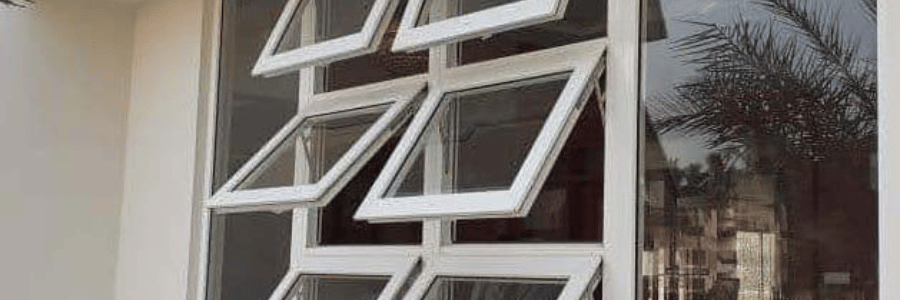
Letting in Natural Light
Natural light is essential for making small rooms feel more open and spacious. Top-hung windows are designed to maximize the amount of sunlight that enters the room, even in confined spaces. By opening at the top, they allow light to flood the space, brightening it up without the need for large, bulky windows that could overwhelm the room.
The upward opening mechanism of top-hung windows also makes it easier to keep the lower portion of the window clear. This means you can enjoy uninterrupted views of the outside, while also allowing more light to penetrate into the room. The result is a bright, welcoming space that feels larger and more inviting.
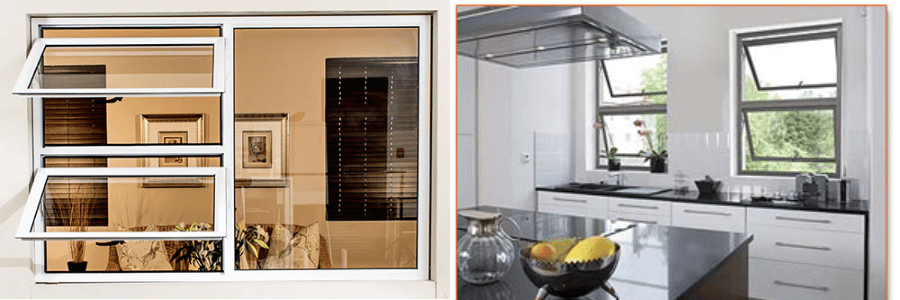
Ideal for High or Difficult-to-Reach Spaces
In addition to their space-saving benefits, top-hung windows are also ideal for areas that are hard to reach, such as high walls, attics, or upstairs rooms. Since they open from the top, they are much easier to operate compared to windows that open outward or inward at the bottom. This makes them especially convenient for rooms with limited access or areas that require a step stool or ladder to operate traditional windows.
Top-hung windows can also be ideal for bathrooms or kitchens where ventilation is important, but privacy is a concern. By installing a top-hung window high on the wall, you can allow airflow and light to enter the room while maintaining privacy from the outside.
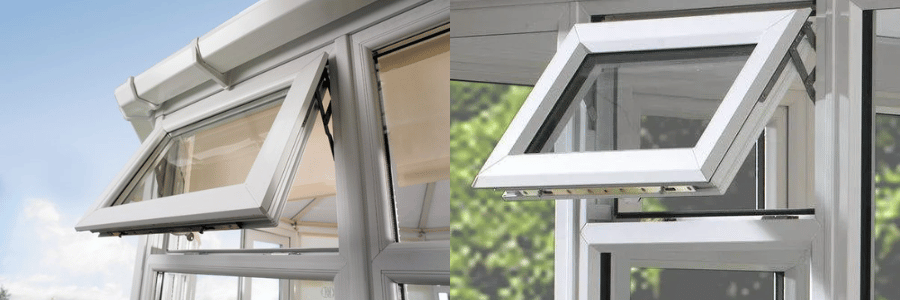
Aesthetically Pleasing and Versatile Design
Top-hung windows offer a sleek, modern design that can complement a variety of architectural styles. Their clean lines and unobtrusive frame make them versatile enough to fit into both traditional and contemporary homes. Whether you’re looking for a minimalist look or something more intricate, top-hung windows can be tailored to match the design of your space.
These windows are available in a wide range of materials, including timber, aluminum, and uPVC, allowing you to choose the best option for your home’s aesthetic and energy efficiency needs.
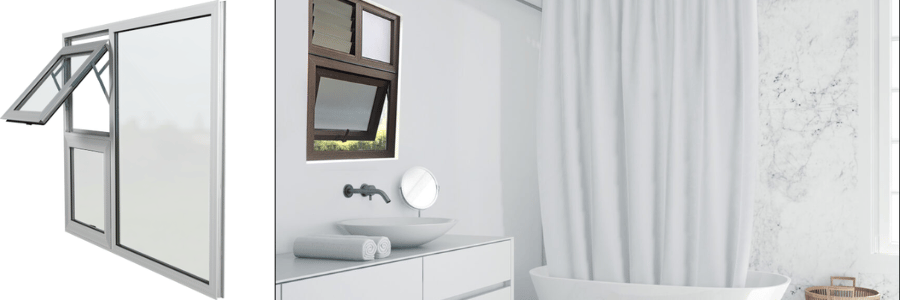
Conclusion: Top-Hung Windows for Small Rooms
When you’re working with limited space, it’s essential to find solutions that help you make the most of what you have. Top-hung windows are the perfect space-saving solution for small rooms, offering benefits like improved ventilation, abundant natural light, and a design that doesn’t take up precious floor area. Whether you’re designing a tiny apartment, updating your kitchen, or adding an airy touch to a small bedroom, top-hung windows offer both form and function.
With their space-saving design, ease of use, and ability to brighten any room, top-hung windows are the ideal choice for small spaces. So, if you’re looking to enhance the flow and feel of your home, consider installing top-hung windows and enjoy a more open, light-filled living environment.

